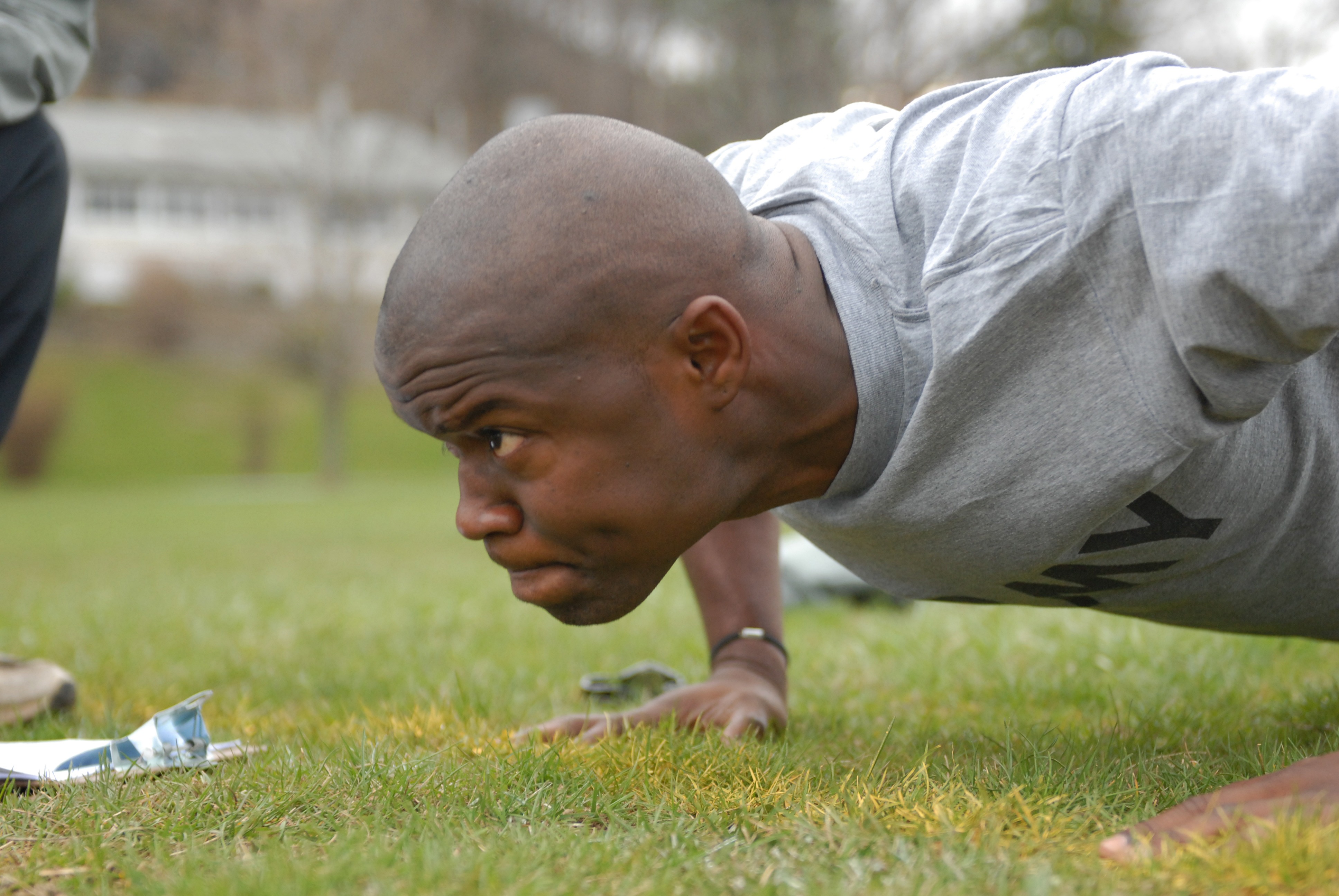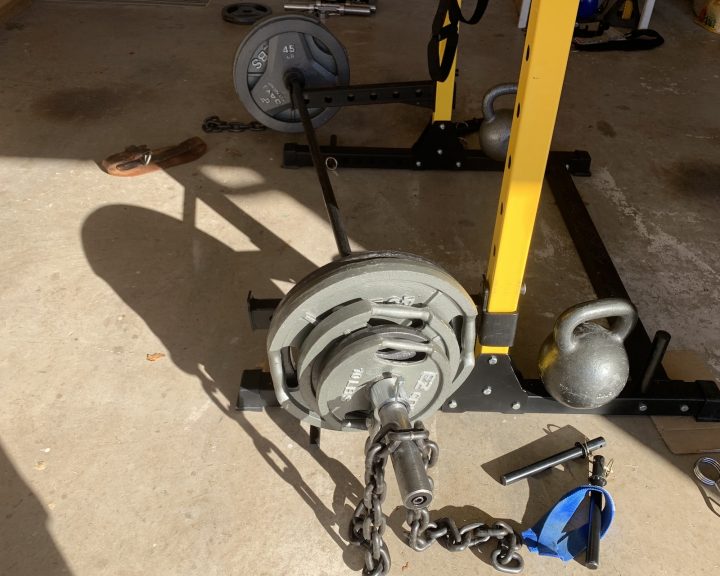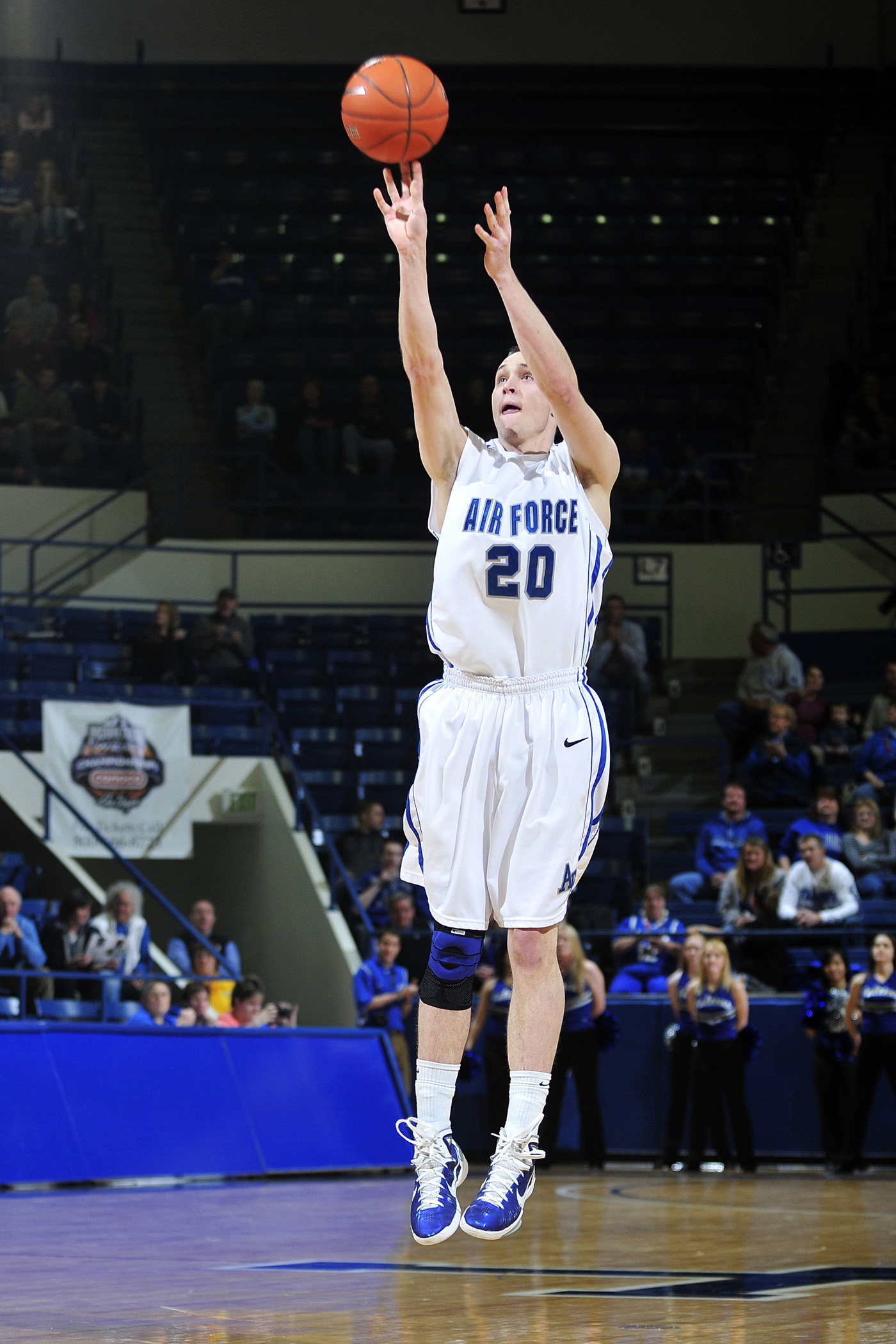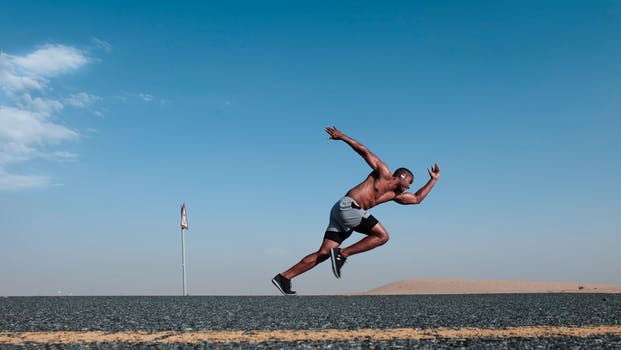We often say that strength and conditioning for athletes is about more than just working out. This is what often makes entry into the field of strength and conditioning coaching difficult for many people. This is because many sports operate in a team environment. In that setting, a solid strength and conditioning program is key in helping to develop and reinforce that team’s culture.
There are a number of ways that a good strength and conditioning program accomplishes this. These include:
- Developing accountability
- Reigning in egos
- Teaching the value of working together
- Developing shared experiences
Strength and conditioning develops accountability
In the ideal world, athletes are self-motivated to train hard, put in their time, and make progress in order to become better at sport. And with some athletes that’s accurate, but for the majority they’d rather let talent coast them through – which is understandable.
A good strength and conditioning program, properly supported by the sport coaching staff, makes the athlete accountable to several important groups of people. First, the athlete is accountable to the strength and conditioning staff. Is the athlete showing up on time? Are they following the rules and procedures? Are they performing the workouts to the best of their abilities? If these things aren’t happening, are there consequences? It’s when we let these things slide that we have problems.
Second, the athlete is accountable to the sport staff. This is for their performance in practice, meetings, film sessions, and games. It’s also for their performance in the strength and conditioning environment. Ideally the strength staff is part of meetings and helping to provide feedback about the athletes.
Third, the athlete is accountable to their team. Group accountability works. If a group of athletes are consistently late, acting inappropriately, not following procedures, etc. then it’s perfectly acceptable to motivate the rest of the team to keep the athletes in line. After all, it’s a team!
Reigning in egos
This one is going to seem strange given that strength and conditioning is about working out, which is driven by individual numbers. However, this is an environment where two important life lessons are taught. First, someone is always better than you. Second, even if you are the “best” today, you won’t stay that way without hard work and lots of sacrifice.
The strength and conditioning environment is where you find out that you may have the biggest squat, but someone else has a bigger power clean. You may be the best bench presser but also have the highest body fat percentage. You may have the best forty yard dash but someone else has a better vertical jump. You may be the strongest but have the worst conditioning, etc. Someone is always better.
So this environment plays to an individual’s strengths, but also forces them to face their weaknesses and develops them. It also requires us to realize that in a team environment, we have to figure out how to use our strengths and account for our weaknesses.
Teaching the value of working together
Strength and conditioning requires a team to work together. No matter where you coach, the weight room is never big enough. This means there has to be an organized system to get the athletes through each session. In order to accomplish this, the athletes have to work together.
Athletes have to break down and load the weights, set up the equipment, motivate and provide feedback to each other, know where they are going next, etc. There are many areas where if they don’t work together then the entire thing will fall apart.
Developing shared experiences
I have a few thoughts here. First, strength and conditioning is something that the entire team goes through, together. The word “together” is really important. Because they are going through it together, they understand how well they are physically prepared for their sport. They are able to see each other working hard and progressing. But they can also see who doesn’t try very hard and, therefore, who they cannot rely on when things get tough.
It also creates a shared experience, something to bond around. The six am conditioning sessions, the time they did sprints in the snow, the day the coach made then do six sets at 90%, all these become common experiences and talking points for them. Think about it, your athletes may not have much in common. This is one way to provide things that they have in common which will go a long way towards bringing them together as a team.
In addition to all the above, it needs to be kept in mind that the strength and conditioning coaches often have more contact, year-round, with the athletes than any of the sport coaches do. This means that those coaches are instrumental in detecting issues with the athletes and team culture, serve as confidants, and serve as role models and examples to the athletes.
All of this combined is a long way of reiterating two of my pet peeves. First, the strength and conditioning of athletes is a lot more than group personal training. It’s instrumental to developing a team’s culture and identity and the wrong coach can have a catastrophic impact on all that. Second, everything that I have mentioned falls outside the realm of science – everything that I’ve mentioned deals with the art of coaching, and it’s very important! Science may give you a solid foundation on why the body responds to exercise in the manner in which it does, but it doesn’t cover the other half of strength and conditioning coaching.




